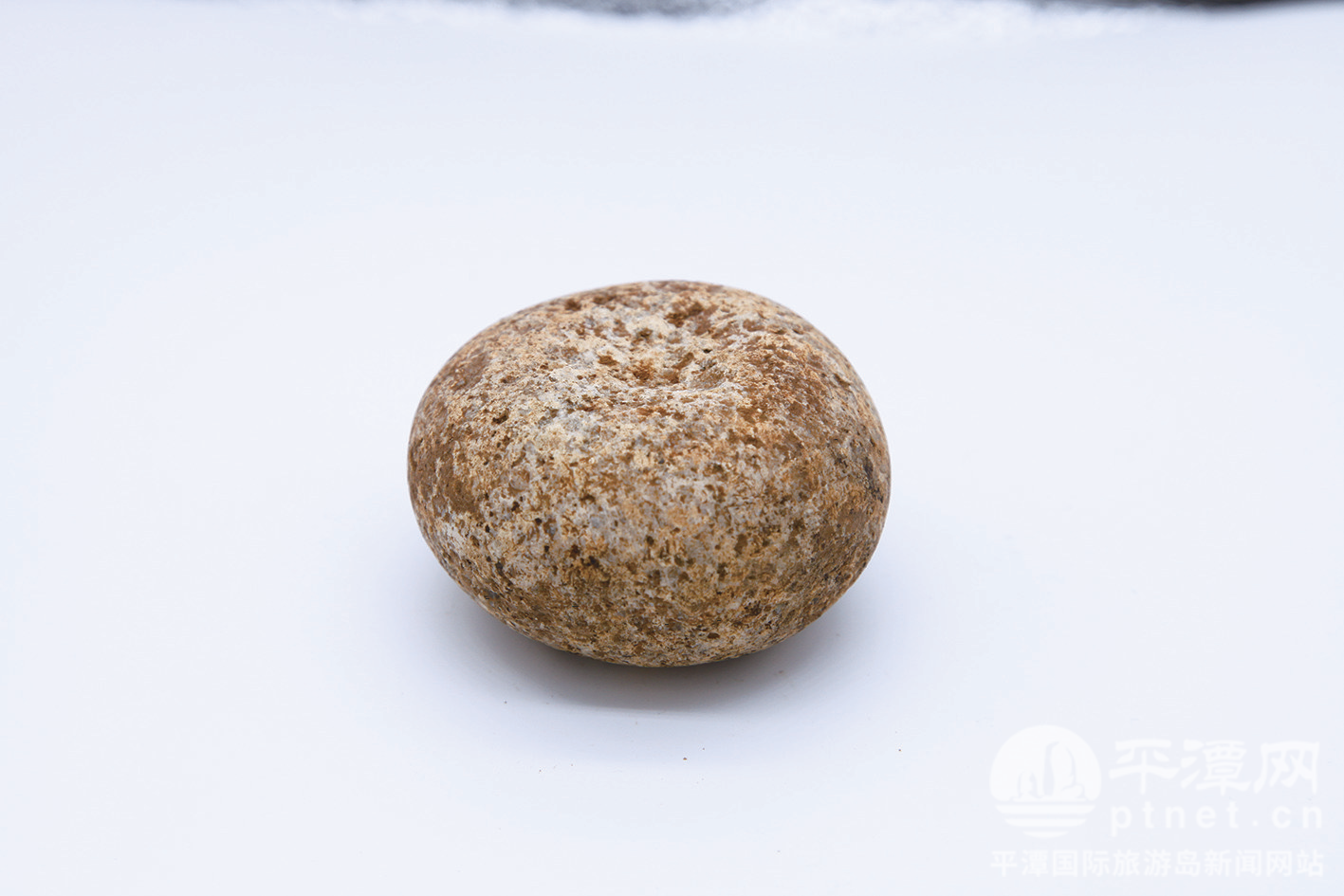Concave Stones: A microcosm of prehistoric ecological ingenuity
Updated:2025-05-15 | Lin Dan
Concave Stones
Age: Neolithic-Bronze Age (7500-3500 years ago)
Material: Granite
Artifact Insights:
Concave stones first emerged during the Neolithic Period as multipurpose lithic tools. They are primarily distributed across China and neighboring regions, with notable concentrations in Northeast China, North China, and the southeastern coastal areas. Additionally, they were spread widely throughout Southeast Asia and Pacific Islands.
Concave stones represent a significant category of prehistoric lithic tools, hypothesized to have been used for pounding, grinding, or processing food and raw materials. Research indicates that Austronesian-speaking populations primarily engaged in fishing and hunting, supplemented by early agricultural activities—as evidenced by rice residues dating back approximately 7,000 years.
The windy and sandy environment of Pingtan Island posed challenges to prehistoric agriculture, yet the use of tools like concave stones exemplifies prehistoric men's innovative utilization of natural resources.
These concave stones served to handle shellfish, nuts, and grains—crushing shells for food or grinding rice—while also adapting to coastal wetland conditions by grinding or processing local plants (e.g., rice, millet). Their application in creating composite tools from shells and stone reflects early humans' survival wisdom in low-productivity environment, embodying the ability of the forefathers to utilize diversified resources, as well as the transition from foraging, fishing, and hunting to a structured agricultural system.
The concave stones unearthed in the Pingtan Keqiutou Site epitomize the ecological wisdom of prehistoric men,offering a vital window into understanding the historical and cultural evolution of Pingtan and the broader southeastern coastal region of China.

